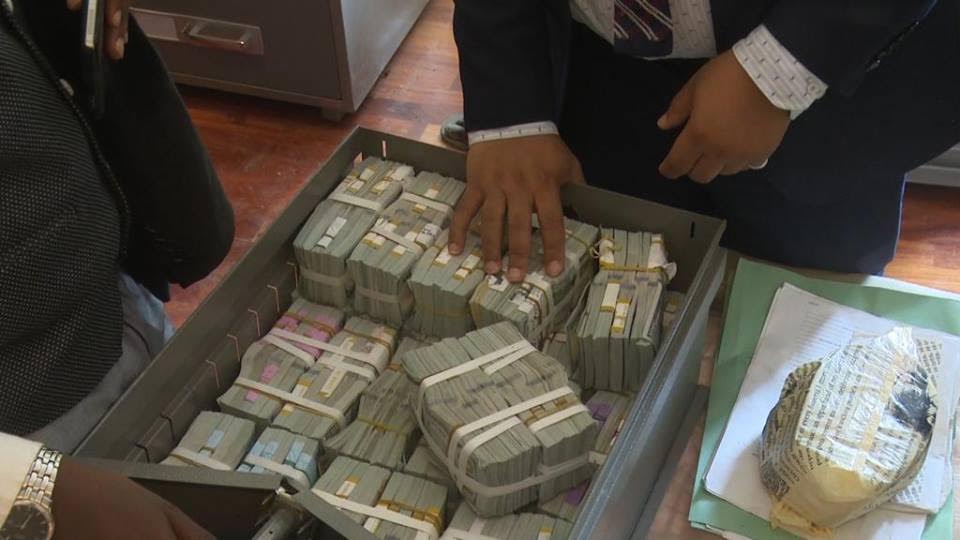The dollar index fell for a third consecutive day early Tuesday, despite market expectations of a rate hike in December, hovering near 90%.
Since September 8, the index has rallied almost 3% in a clear sign that the greenback has finally found its feet, after declining more than 12% from January highs.
However, investors have almost wholly priced in a third-rate increase for 2017 and now require another catalyst to decide on whether to push the dollar higher from current levels.
The dollar’s strength since early September has been accompanied by a rally in US treasury yields. US 10-year treasury yields gained 15% from September lows, sending US-German 10-year rate differentials to a four-month high.
Advertisement
It is highly likely that EURUSD and other major currency pairs will continue to track the interest rate differentials, so traders should keep a close eye on how bond yields behave in the last quarter of 2017.
Another factor supporting the dollar is the belief that a reduction in taxes and other forms of fiscal stimulus, will materialize in the coming months, leading to tighter monetary policy and further increases in interest rates in 2018 and 2019. However, this depends a lot on Trump’s choice of the next Fed chair.
Higher interest rates will undoubtedly disrupt the current US administration’s economic policy plans. I firmly believe that Trump wants a dovish Fed to keep the US dollar lower, in order to support his economic agenda.
Advertisement
In the next couple of weeks, we will start hearing about how Trump is willing to politicize the independent government agency, the Federal Reserve. In my opinion, this would be a dangerous phase that will lead to a lot of criticism and suspicions amongst investors holding the US currency.
The short-term rally might not be over yet for the dollar, but I prefer selling the rallies than buying the dips at this stage. Let’s not forget that other central banks are also planning to tighten their monetary policies, particularly the BoE and ECB, thus reducing the interest rate advantage currently held by the US dollar.
Add a comment






